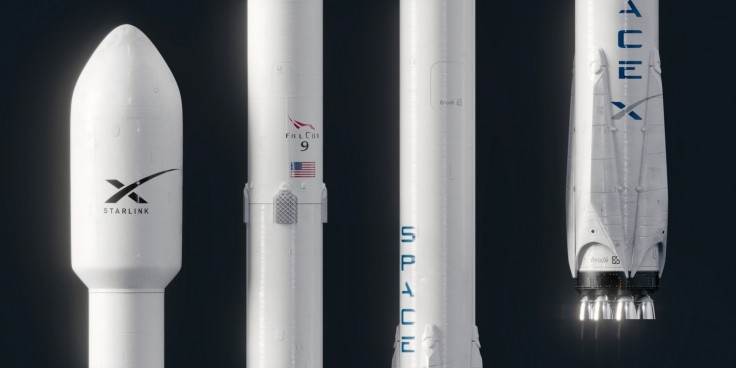
SpaceX is set to launch a new batch of Starlink satellites, its first since June, that will feature new laser communication links that would transmit data to and from space.
The launch is scheduled on Saturday at 7:19 am EST from Launch Complex 40 at Cape Canaveral Space Force Station in Florida.
SpaceX Starlink Launch Moved to Saturday Due to Poor Weather Conditions
The SpaceX Starlink satellite launch was originally scheduled on Friday, but poor weather conditions forced the postponement to Saturday. Only a 10 percent chance of storm clouds is expected in the area on Saturday morning, weather forecasts noted.
SpaceX currently has around 1,500 satellites in orbit since Starlink's inception in 2019. According to the company, around 100,000 ground terminals, such as satellite dishes, are being used by subscribers, UPI reported.
In previous years, SpaceX regularly launches two batches of about 60 satellites per month, but the company slowed this down this year when it added new laser links to the satellite service.
Laser Links in SpaceX Starlink Satellites Allow Faster Data Transmission From Space
These lasers offer crosslinks between the satellites, which makes faster data transmission possible.
Read also: SpaceX Starlink Internet Service Problem: Do Not Update Service Address or Suffer Major Delay
Telecommunications expert Tim Farrar told UPI that these crosslinks would make the satellites "bigger and heavier," citing this as the reason why there was a recent slowdown in Starlink launches.
Starlink's continued expansion has been very rapid and much lauded, but its reliability has yet to be tested, Farrar added.
He said the Starlink ground terminals' "long-term reliability" has yet to be determined, and how the dishes will fare against such weather conditions, such as rain, snow, or wind "for months or years."
Expert Notes 'Significant Issue' That Hampers Starlink Service Expansion
A key disadvantage facing Starlink users is that the dishes should have clear view of the entire sky. Because of this, there must be no nearby trees or buildings. Farrar said this will be a "significant issue" in further rolling out Starlink. He added he could not see the point of cutting down trees just to use the service.
Starlink mentioned that the service is "ideally suited" for areas with "unreliable or completely unavailable" Internet connectivity.
Starlink added that it has unveiled a new square-shaped dish that is more durable than previously released terminals.
SpaceX had advised customers to position their dishes to get a clear view of the sky. This is because the dishes need it to stay connected to the satellites moving overhead. Objects, such as tree branches, nearby buildings, or even roofs or poles will block the connection, thereby causing service interruptions.
It offers a smartphone app that should scan the sky and determine issues before users utilize the service. Starlink's satellite service carries an initial sign-up cost of $499 for the hardware and connection. Subsequent charges are at $99 per month.
SpaceX had previously launched four Starlink missions and four more missions that included the crewed Demo-2 flight in May 2020.









